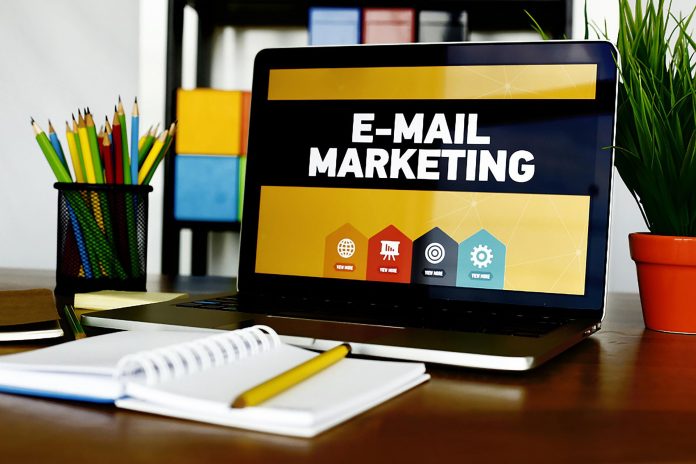When building your list of email addresses, the focus is often on increasing the size of your data count as much as possible. It’s great to do this, as email marketing is a really easy way to get your message out to lots of people who subscribe to your communications.
The risk of concentrating too much on the number of email subscribers on your list is that we neglect our data housekeeping. It’s really important to carry out regular housekeeping of your data and keep your subscriber list as up-to-date with the correct info as possible.
Can bad data cause issues?
In short, yes it can. If your email marketing lists contain old out-of-date information or bad addresses then this can cause your bounce rate to become unsustainably high. Bounces mean a delivery failure, if you are sending out to email addresses that are unable to accept incoming communication then they will be recorded as a bounce.
If your bounce rate starts to increase, then your sender reputation will then start to decrease, and a lower sender reputation will affect all of your future campaigns. A lower sender reputation means that your future sends may go into junk.
Email spam filters can see your sender reputation – this carries the form of a percentage score. For senders with a lower score, they will penalise your inbox placement, resulting in delivery to the junk folder.
The other risk associated with bad data is spam traps – you could have an old subscriber’s email address inside your data that has lapsed and been inherited by a spam filter and used as a spam trap. This is quite common – if a company ceases trading or their domain has expired without renewal then, these can be adopted by spam filters.
If your email list isn’t cleansed regularly then you may find that older addresses become inherited spam traps. Emailing these means that your company domain name or sending network could be blacklisted.
If your email marketing attracts negative history or blacklisting, then your email marketing software supplier will ask that you cease your email marketing until your data has been sufficiently cleaned. Negative interactions with your email marketing will cause damage to both your domain name and your software supplier’s delivery network.
What types of bad data should you look for when housekeeping?
- Invalid addresses on import
If you have an email sign-up form published on your website, for new subscribers to join, it’s really important that you validate these email addresses, prior to allowing them to join your list. If someone completes your form and they have mistyped their email address, then this would be invalid and recorded as a bounce if you include them in your next email marketing campaign.
What can also happen is that automated bots can popular your form with bad data and broken addresses. Again, if sent to, this type of address would also record a bounce. As we’ve previously discussed, a high bounce rate will cause damage that is very hard to repair.
You can stop your email sign-up forms from being polluted with bad data by employing a double opt-in sign-up process. This involves asking the email address owner to validate that their email address is correct, before permitting the address to be added to your email address subscribers list.
When the new subscriber enters their email address – they are then sent an email (to the address that they have entered) asking them to click to confirm their subscription. This creates a secure double opt-in process – which validates all email addresses prior to their admission to your list.
Using this method totally fixes the issue of bad data polluting your list, both from typos and automated bots. - Previous unsubscribes
If someone unsubscribes from your email marketing, then it’s vital that you keep a record of their preference and have measures in place to prevent the accidental re-import of a previous unsubscriber.
If you are an Email Blaster user, then this is all handled for you. The software will add people who specify to a suppression list. All fresh imports of data are then screened against this suppression list. These checks ensure that your list of fresh imports cannot contain email addresses that have previously unsubscribed. - Inactive subscribers
In order to keep your list of email addresses as clean as possible, it’s important to identify and remove people who aren’t reading or interacting with your campaigns. Google state that people who haven’t interacted with your sends should be removed after 150 days of inactivity.
So it’s worth every 5 months or so having an audit of your data and identifying everyone who has become inactive. You can send them a re-engagement campaign prior to deleting them. This could be an email asking them if they would like to remain subscribed, you could also include an offer of some kind to help re-engage them.
Here at Email Blaster, we provide a comprehensive set of data analysis tools to easily identify and delete users who fit this profile. - Bounces
With each email marketing campaign that you send out, you will most likely have some sends that don’t successfully get through, these are termed as ‘bounces’. It’s important to remove these as over time your lists will age and some addresses will start to bounce as they lapse. In order to stop your bounce rate from increasing over time, these must be removed. As we’ve previously discussed, spam filters will penalise senders who are receiving a higher-than-acceptable rate of bounces.
Your send analytics will show you a list of bounces for each campaign, Email Blaster will then tag these addresses as send failures and exclude them from future sends. Doing this prevents your future sends from being penalised by spam filters.
Keeping your data clean and up to date is vital in order to maximise the delivery rate and effectiveness of your email marketing.
Any decent email marketing software will automate these processes for you, by identifying and excluding data that could potentially cause harm. Clean well-housekept data will keep your email marketing campaigns at peak condition, ultimately increasing those all-important sales conversions.

